Dresses of Nepal - 7 Beautiful Traditional Nepalese Dresses | Nepal Tourism
Traditional dresses are symbolic of the art and culture of any country. They trace the timeline of the evolution of fashion dating ages back to modern times. These dresses also many times reveal the essence of nationalism of its country. So like all other countries, there are plenty of traditional dresses in Nepal that the beautiful nation boasts of.
1. Dhaka Topi
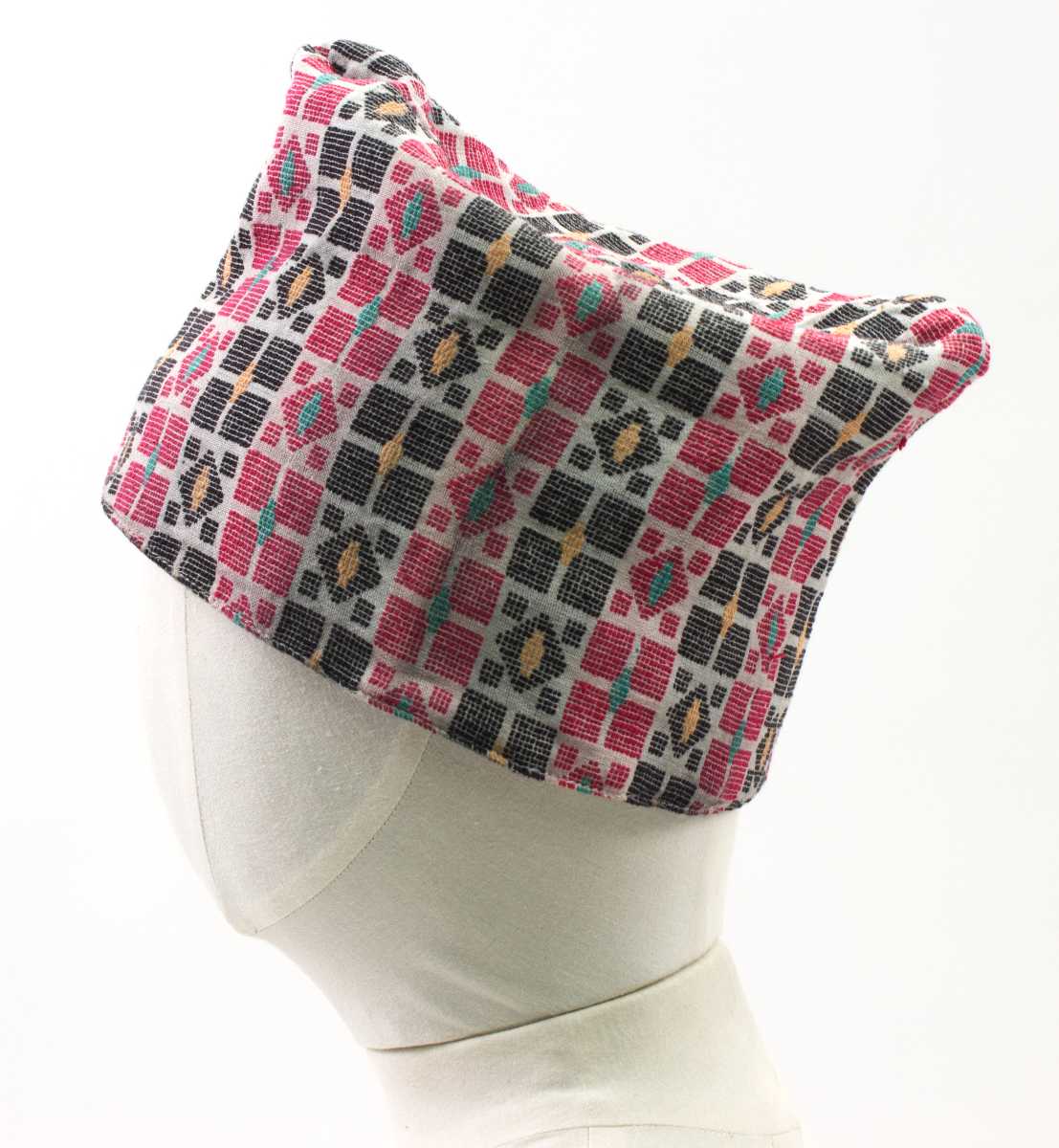
Significance: The ‘topis’ are of great significance and has established itself as a traditional national dress in Nepal. It had become famous during the rule of King Mahendra. A Nepali national is made to wear that topi in photographs for passports. The topi is widely worn in rituals, weddings, funerals, etc. Although a lot of handlooms have been set in Nepal, they are continuously keeping up their pace to meet the rising demand for their topis. Even today International Nepali Dhoti and Topi day is celebrated all across the world by Nepali Nationals on 1st January to keep their tradition and culture intact.
2. Daura Suruwal
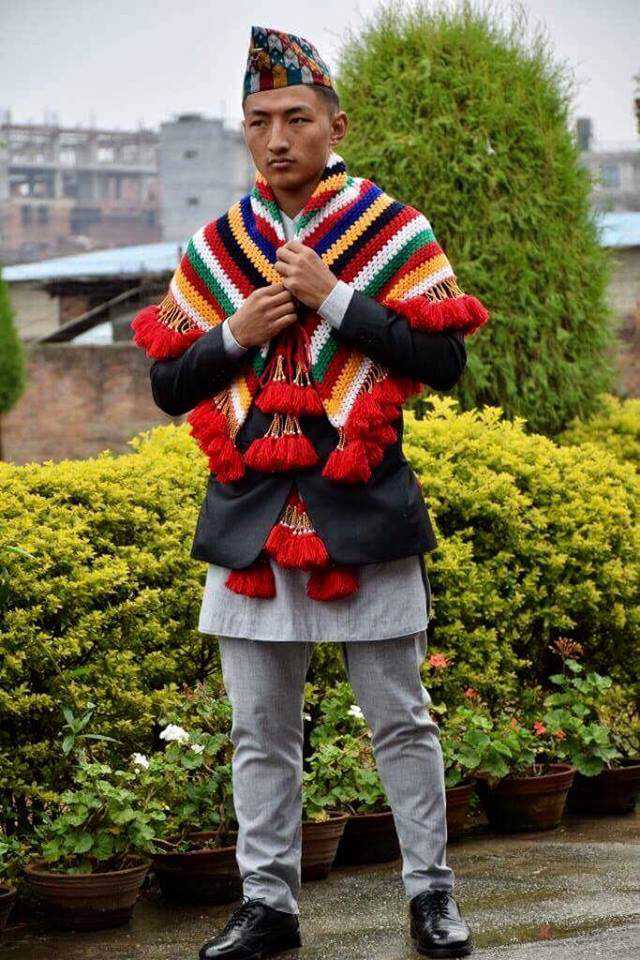
The Daura Suruwal consists of 8 strings (since 8 is considered to be a lucky number according to the Nepalese people). It refers to Astamatrika-Singini which is as follows:
- Biagini
- Kumari
- Barahi
- Brahmayani
- Indrayani
- Maheshwari
- Byasnabi
- Mahalaxmi
Once upon a time, it was mandatory for government officials to make it part of their dress code. These days, they are worn mostly by elderly people. Despite the fact that it is used less of late, it’s demand is soaring higher and higher in the international markets.
3. Dhoti
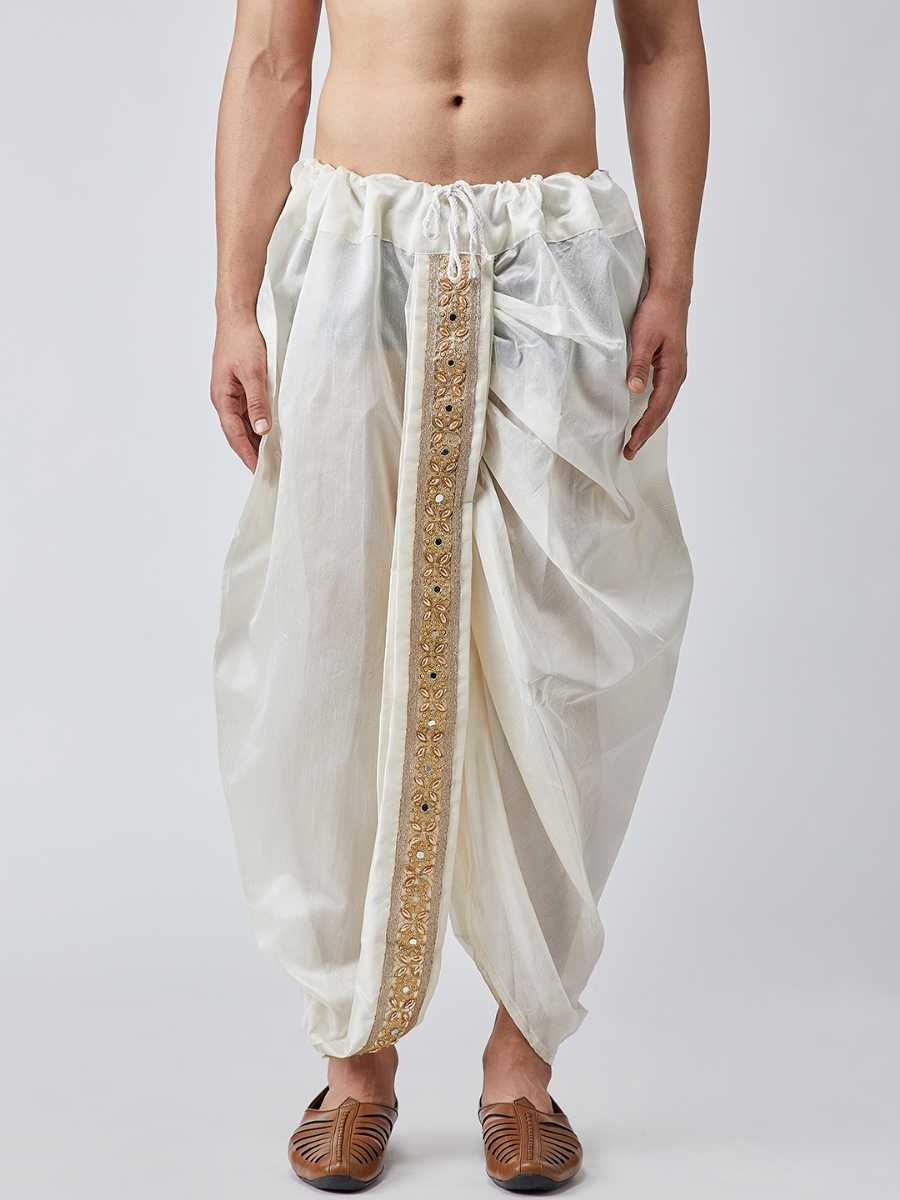
4. Lungi

5. Gunyou Cholo
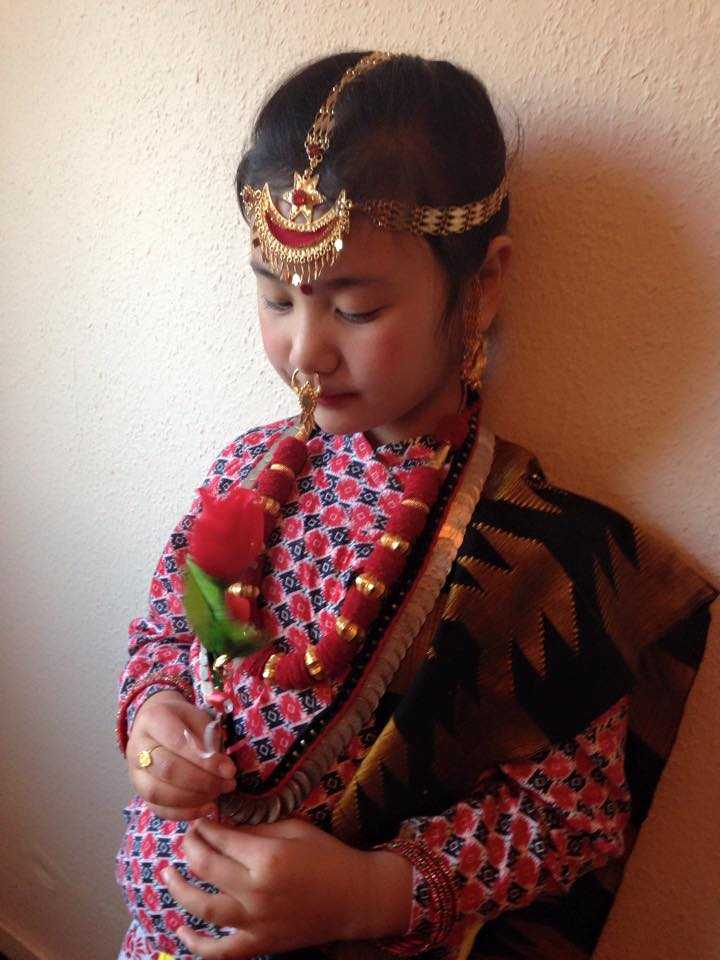
6. Sari
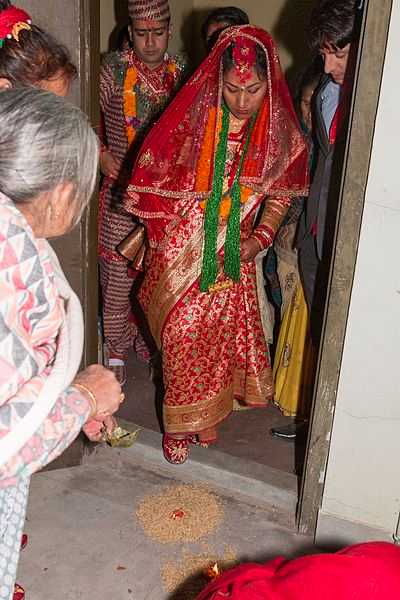
7. Kurta Suruwal
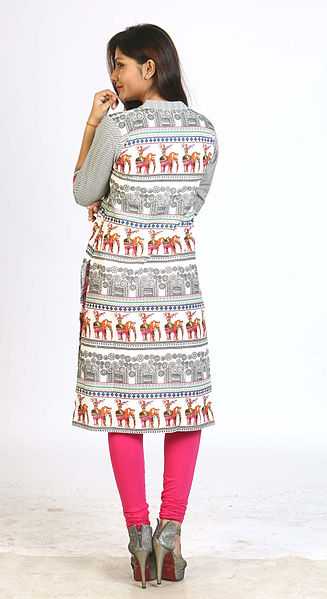
Dress Specifications According to Caste
In Nepal, people of different castes wear different sorts of jewellery and dresses of Nepal which are unique to themselves and differ from the other castes to distinguish themselves. Some of the different castes and the respective dresses worn by them are Bahun, Chhetri, Gutung, Limbu, Magar, Maithili, Newar, Raute, Rai, etc.So once you visit this beautiful country, make it a point to shop for some of these traditional dresses of Nepal as a mark of respect to their tradition and also spreading the beautiful culture of this country all across the world.
Showing results for Beautiful Traditional Nepalese Dress
Search instead for Beautiful Traditional Nepalese Dresse
Search instead for Beautiful Traditional Nepalese Dresse
Search Results
Guided Search Filters
Web results
Traditional Dresses, Nepal, Ethnic, Sari, Beauty, Clothes, Fashion, Saree, Beleza ... Traditional Dresses, Nepal, Floral Tops, Ethnic, Asian, Culture, Beauty, ...
See more ideas about Nepal, Traditional dresses and Traditional outfits. ... I was pleasantly surprised to see how beautiful she looks in a traditional Nepali attire.
So like all other countries, there are plenty of traditional dresses in Nepal that the beautiful nation boasts of. 1. Dhaka Topi. Dhaka ko Topi Source Nepalese men ...
People also ask
Web results
Jul 31, 2017 - Children in Nepal wear very bright clothing. Even boys use colorful garments. Nepali boy. Baby-boy's attire. Nice costume with colorful patterns. It ...
Beautiful Limbu(Nepali) bride in a traditional Limbu outfit! ❤️❤️❤️ Bride: Maniya Subba Limbu Submitted by: Moti Limbu Hair & Makeup: @
Nov 10, 2012 - Talking about traditional costume of Nepal it would be right to say not "costume" but ... Actually, men of other Nepal's ethnic groups have similar costume. ... thanks to follow my blog, Your blog is great, Nice photos and posts !
Dec 3, 2014 - “I feel very beautiful in this attire,” Sunita Magar says, a grin splitting her face. When she was 14, she began to wear traditional Magar dress ...
Picture of Beautiful Nepali Women in a traditional dress up with wearing Saree and Jewelleries at Teej Festival in Kathmandu.Nepalese Beautiful Women. stock
Find the perfect nepal traditional dress stock photo. ... Beautiful Nepali Women in a traditional dress up with wearing Saree and Jewelleries at Teej Festival in ...






